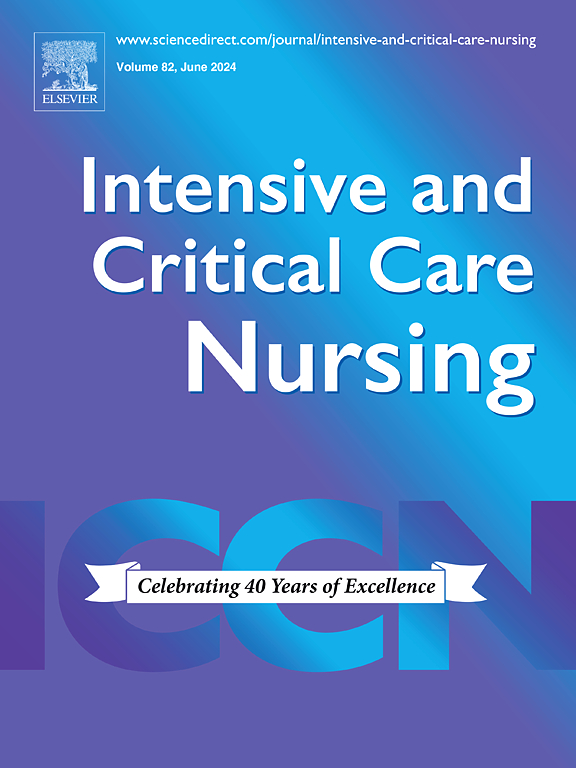Accuracy of indices of inferior vena cava in predicting fluid responsiveness in patients with shock: A systematic review and meta-analysis
IF 4.9
2区 医学
Q1 NURSING
引用次数: 0
Abstract
Objectives
To synthesise quantitative research findings on the accuracy of inferior vena cava (IVC) indices in judging fluid responsiveness (FR) in patients with shock.
Methods
A total of nine electronic databases were searched from inception to April 8, 2024. The risk of bias of the included studies was evaluated by Quality Assessment of Diagnostic Accuracy Studies (QUADAS-2) tool. A meta-analysis of the values of external validations of the model was performed by Stata 16.0. Pooled estimates were calculated according to the true positive, false positive, false negative, true negative, sensitivity, and specificity using random-effects models. Meta-regression was adopted to investigate between-study heterogeneity, and funnel plots were tested for publication bias.
Results
Twenty-nine studies were included in the meta-analysis (1833 patients). For FR, the sensitivity was 0.82 (95 %CI, 0.75–0.87), specificity was 0.82 (95 % CI, 0.77–0.87), positive likelihood ratio was 4.58 (95 %CI, 3.48–6.03), negative likelihood ratio was 0.22 (95 %CI, 0.16–0.31), diagnostic odds ratio was 20.65 (95 %CI, 12.84–33.14), and the area under the summary receiver operating characteristic curve was 0.89 (95 % CI, 0.86–0.91). All studies had a low or moderate risk of bias in terms of methodological quality. There was heterogeneity among the included studies (sensitivity: I2 = 83.04 %, P < 0.001, specificity: I2 = 78.78 %, P < 0.001), and bivariate meta-regression analysis showed that fluid infusion ingredient, reference standards and thresholds, and type of measurement (invasive or non-invasive) were sources of literature heterogeneity.
Conclusion
The IVC indices moderately predicted the incidence of FR in patients with shock. However, significant heterogeneity was evident among the included studies. Studies of high methodological quality in specific subgroups of shock are needed to evaluate the efficacy of IVC indices as predictors of FR.
Implications for Clinical Practice
Monitoring of the inferior vena cava (IVC) by ultrasonography has been shown to have a clinical value in terms of volume reactivity, with the potential to provide non-invasive and effective guidance.
求助全文
约1分钟内获得全文
求助全文
来源期刊

Intensive and Critical Care Nursing
NURSING-
CiteScore
6.30
自引率
15.10%
发文量
144
审稿时长
57 days
期刊介绍:
The aims of Intensive and Critical Care Nursing are to promote excellence of care of critically ill patients by specialist nurses and their professional colleagues; to provide an international and interdisciplinary forum for the publication, dissemination and exchange of research findings, experience and ideas; to develop and enhance the knowledge, skills, attitudes and creative thinking essential to good critical care nursing practice. The journal publishes reviews, updates and feature articles in addition to original papers and significant preliminary communications. Articles may deal with any part of practice including relevant clinical, research, educational, psychological and technological aspects.
 求助内容:
求助内容: 应助结果提醒方式:
应助结果提醒方式:


